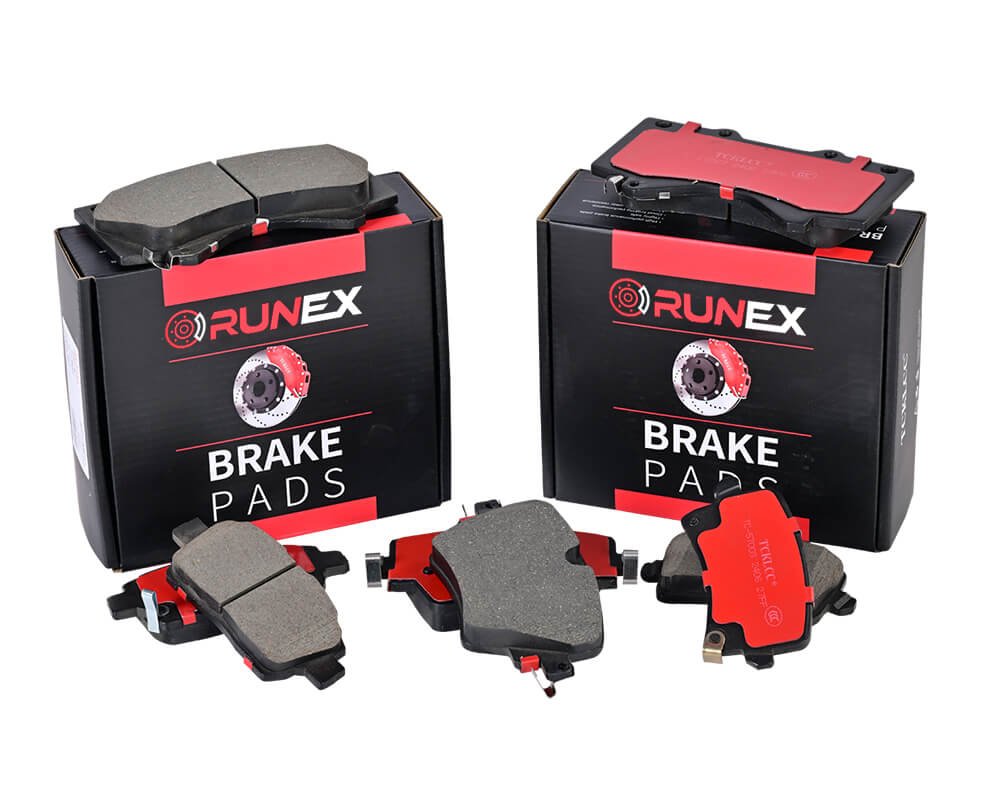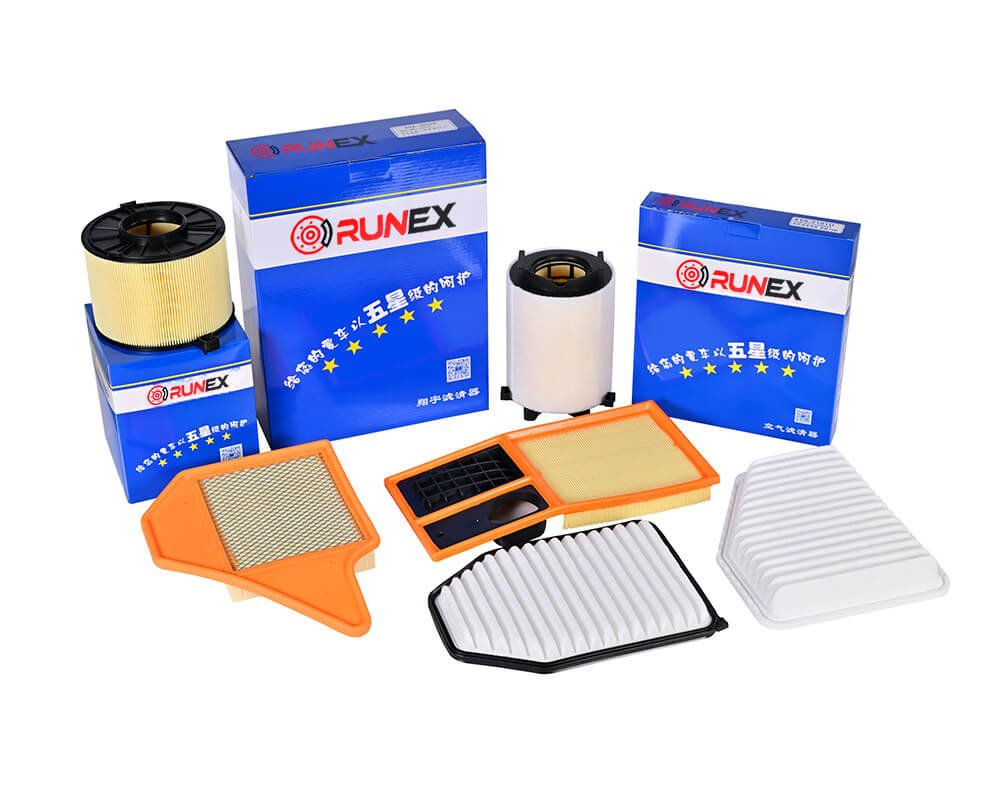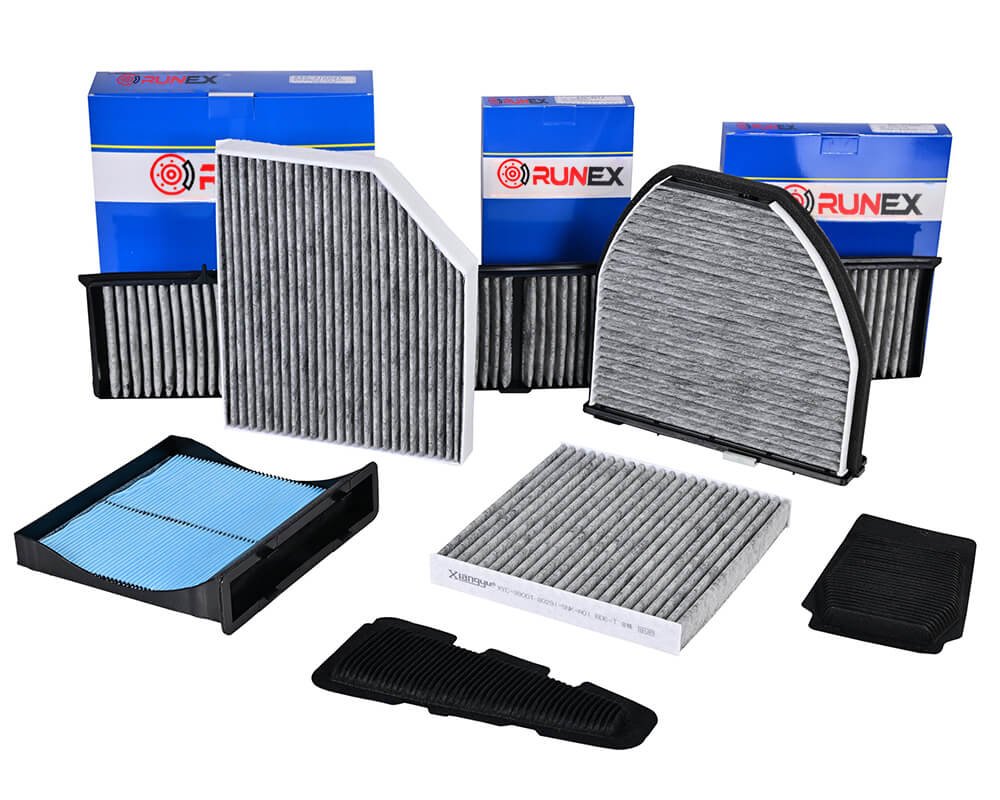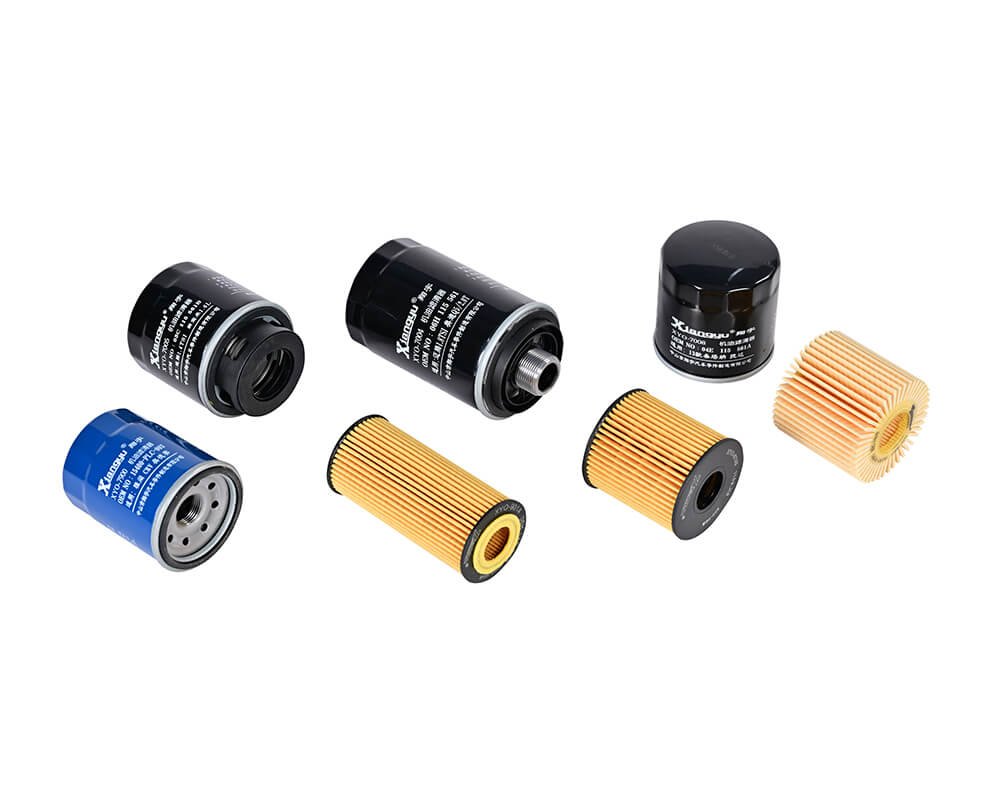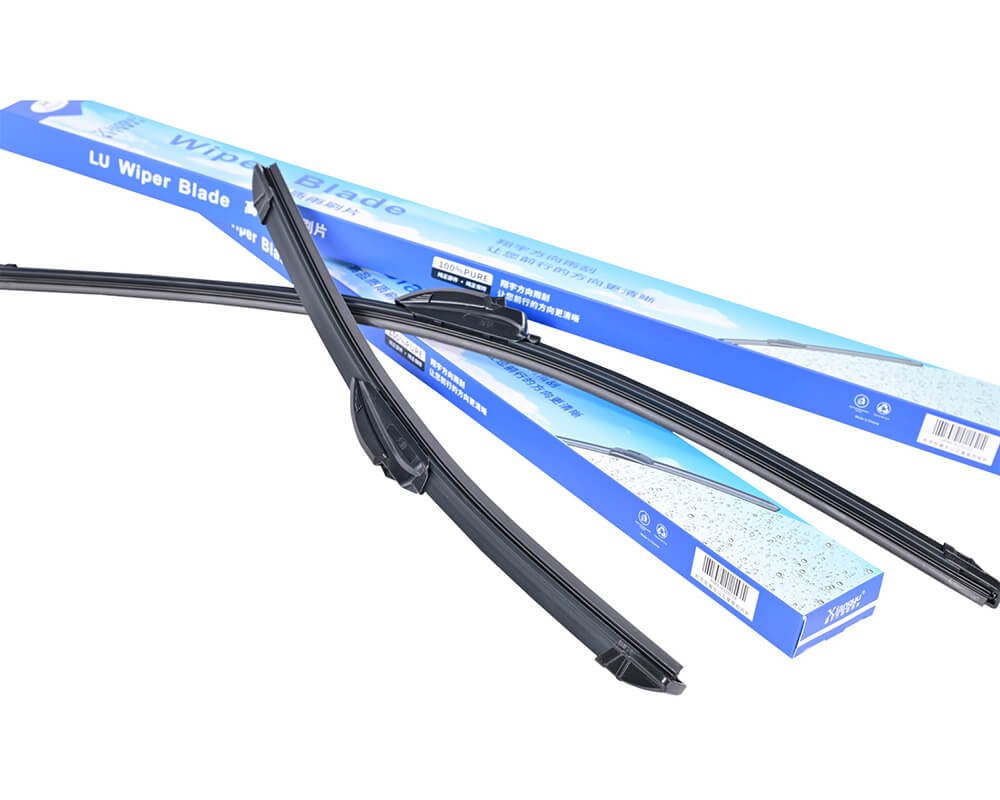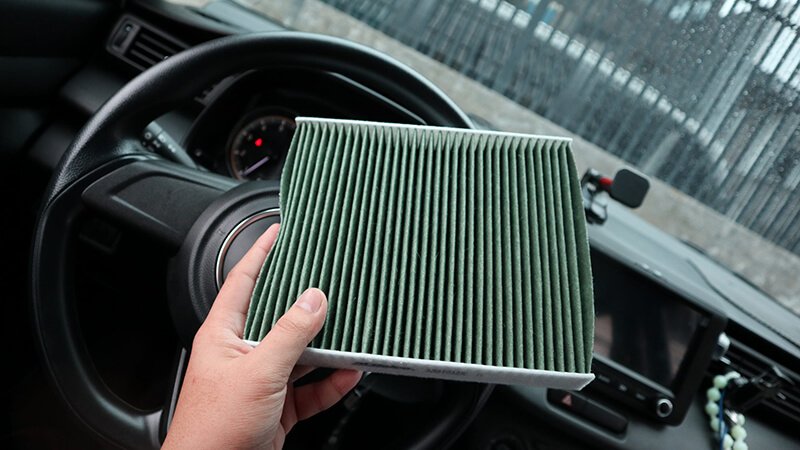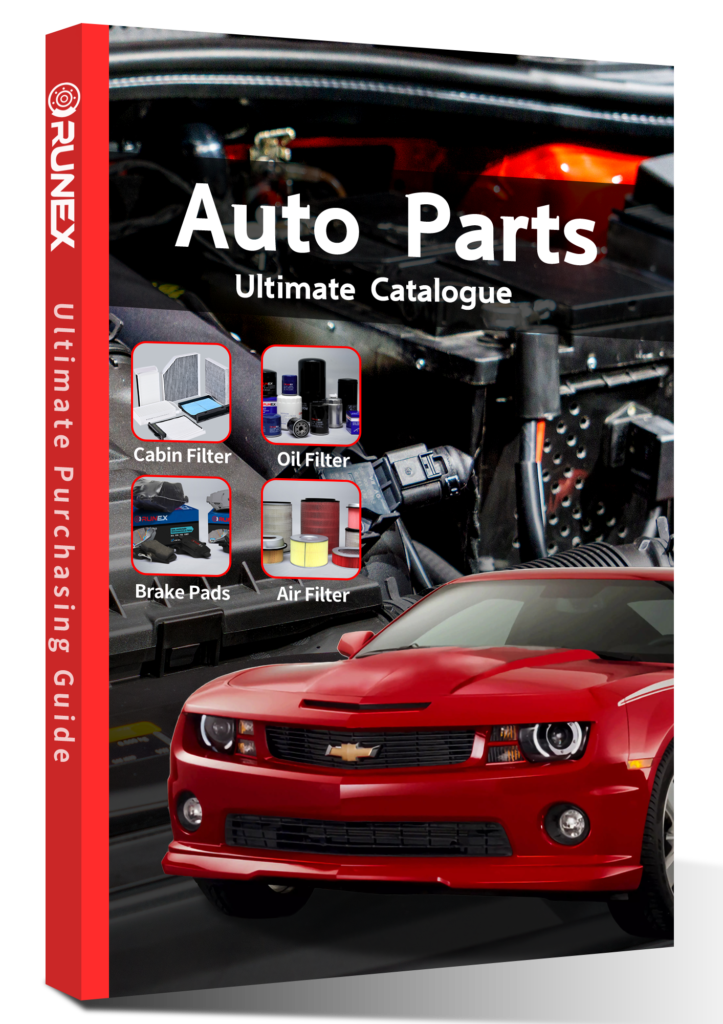Dusty vents steal joy from any trip. A clogged cabin filter turns fresh air into a stale mist that makes eyes itch. I learned this years ago when my own kids began coughing every time we drove through town.
You keep a cabin air filter clean by inspecting it at every oil change, vacuuming loose debris, and replacing it every 12 000–15 000 miles—or sooner when roads are dusty. A fresh filter blocks pollen, fumes, and mold so every ride feels calm and safe.
Bad air sneaks in fast. Stay with me and I will show clear steps, proven by fleets that trust Runex Auto filters, to guard your lungs and your budget.
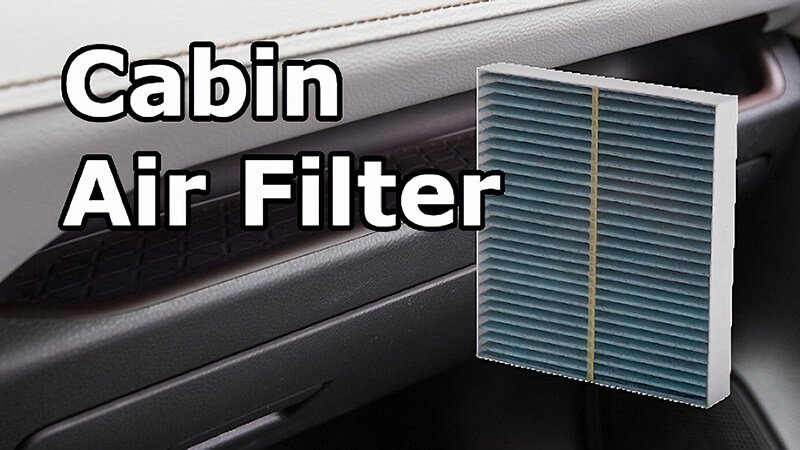
How to keep a cabin air filter clean?
Road grit piles up inside the dash. Left alone, it chokes airflow and breeds mold that smells like wet socks. The fix is simple, cheap, and quick.
A clean cabin filter comes from three habits: open the glove box at each oil change, tap or vacuum the filter, and log the mileage. These moves stop surprises and stretch service life.
The three‑step care plan
| Step | Tool | Time | Why it matters |
|---|---|---|---|
| Inspect1 | Flashlight | 2 min | See clogs before they cause odor |
| Clean2 | Soft brush + low vacuum | 3 min | Lift loose dust without harming pleats |
| Record3 | Phone note | 30 sec | Track pattern, plan next change |
Inspect with purpose
Slide the glove box down. Most cars use clip pins or a side hinge that pops free by hand. Pull the filter straight out. Hold it to a bright light. If the pleats let less than half of the light pass through, airflow is already restricted. Back at our shop I use a handheld anemometer to measure flow in cubic feet per minute, but you can feel resistance by gently blowing through the media. Heavy drag equals trouble.
Clean without damage
Tap the frame on a clean sheet of white paper. Note the color and size of the dust spots. Gray soot shows urban brake dust; yellow hints at pollen; black specks may be tire rubber. Use a low‑power vacuum with a soft brush. Never hit the filter with compressed air from the dirty side because that forces grit deeper. Avoid water because most pleats are paper blended with synthetic fiber; water swells the fibers, loosens glue lines, and strips the built‑in electrostatic charge.
Record and compare
Open a simple spreadsheet or phone note that logs date, mileage, and a quick color grade—light, medium, or dark. My delivery fleet client saw that filters turned from light to dark in only 6 000 miles during pollen season. With the data, we moved to a seasonal replacement plan that slashed complaints about odor to zero.

Why does my cabin air filter get dirty so fast?
Some drivers swap a filter and see it filthy again in weeks. They blame poor quality, but the culprit is almost always the environment.
A cabin filter clogs fast when the vehicle fights high particulates: brake dust in stop‑and‑go traffic, pollen storms, road grit from construction, and extra moisture from short trips. These factors cut service life in half.
Four hidden enemies of your filter
| Enemy | Sign you notice | Why it clogs the filter |
|---|---|---|
| Brake dust4 | Gray film on pleats | Iron and carbon particles embed deep, hard to shake out |
| Pollen bursts | Yellow haze on windshield | Sticky grains fuse into mats that block air |
| Construction grit | Sand at footwells | Sharp grains slice fibers, widen pores, catch more dirt |
| Short damp trips | Musty smell | Moist pleats trap dust and grow mold |
Brake dust in the city
Every red light grinds pad against rotor. Those iron shavings drift straight to the cowl intake. I once placed a magnet under a busy crossroads vent and found two grams of metallic dust after one day. On my own car I switched to Runex low‑dust ceramic pads and saw cabin filter weight gain drop by 30 % in three months.
Pollen overload5 in spring
Birch, oak, and grass bloom in waves. Pollen grains are large, but they come in massive numbers and stick tight due to their waxy shell. The blower pulls thousands of grains each minute when fresh‑air mode is on. During pollen highs I switch to recirculation whenever I sit in traffic. I also store a spare filter in the trunk and replace it on the spot if I see yellow fuzz on the pleats.
Construction zones and farm roads
A single mile of unpaved detour can dump more silica dust on a filter than a week of highway driving. Timing a route change or slowing down greatly reduces intake. When my UK client rebuilt a depot near a quarry, we installed temporary mesh screens over the cowl to catch coarse grit.
Moisture from short commutes6
Cold weather drives people to blast the heater for five‑minute hops. The evaporator never reaches temperature to dry itself. Moist pleats glue dust together, forming a thick paste. I let the fan run on low for two minutes after parking—no heat, no A/C. This dries the core and the filter lasts longer.

How can I make my air filter last longer?
You can extend life without risking health if you keep dust outside the car in the first place and pick the right media for the job.
Make a cabin filter last longer by using recirculation in traffic, sealing door and hood weatherstrips, cleaning cowl drains, and choosing a higher‑capacity media. These steps cut dust intake by up to 30 %.
Life‑stretching tactics at a glance
| Habit | Extra service life | How it works |
|---|---|---|
| Recirculation switch7 | +20 % | Re‑uses cleaner interior air instead of dirty outside air |
| Replace worn seals8 | +5 % | Stops engine‑bay dust from sneaking in through gaps |
| Wash under‑cowl area | +10 % | Removes leaf mulch that breaks down into fine dust |
| Upgrade to carbon media9 | +25 % | Adds depth and adsorbs fumes before pores fill |
Use recirculation wisely
I press the recirc button each time I trail a soot‑belching lorry. Particle counters show a 60 % drop in PM2.5 within two minutes, and the filter hardly gains weight. Yet I turn recirc off every fifteen minutes to prevent CO₂ rise. Balanced use keeps air fresh and filters light.
Seal up the body
Check the rubber strip at the rear of the hood. If it is cracked, engine‑bay dust rides heat plumes straight into the cowl. A cheap seal strip and a line of weatherproof adhesive fix the leak in ten minutes and pay off for years.
Clean the cowl drain
Leaves rot under the plastic grille below the windshield. Moist compost breaks into powder that the blower sucks in. Once each season I lift the grille, remove debris by hand, and flush with water. This one chore cut the odor in my van and stopped a chronic drain clog.
Choose better media
Runex dual‑layer cabin filters use a thick melt‑blown backing fused to active carbon granules. Laboratory tests show dust‑holding capacity at 240 g/m²—double most OE paper filters—while pressure rise stays under 30 Pa at rated flow. In real miles my cross‑country courier swapped filters at 20 000 miles instead of 12 000 and still met air quality targets.

Can you clean a cabin air filter instead of replacing it?
Drivers see online videos of people blasting filters with water and reusing them. The idea looks thrifty but hides big risks.
You can tap or vacuum a paper cabin filter for light maintenance, but do not wash it. Water weakens fibers and kills the electrostatic charge, dropping efficiency by up to 40 %. Replace instead unless you use a filter built for washing.
Cleaning methods ranked
| Method | Safe for paper filter? | Effectiveness | My verdict |
|---|---|---|---|
| Light vacuum | Yes | Removes surface lint | Do it monthly |
| Gentle tap | Yes | Shakes coarse grit | Do it at every check |
| Compressed air | Risky | Blows holes, pushes dust deeper | Avoid |
| Water rinse | No | Warps fibers, strips charge | Never |
| Soap wash | No | Breaks glue, leaves residue | Never |
| Washable foam | Yes | Designed to clean and re‑oil | Follow kit steps |
Why water ruins paper
Paper‑synthetic blends rely on close fiber spacing and static attraction. Immersion swells cellulose fibers and leaves air gaps when they dry. The filter looks clean, yet microscopic PM2.5 sails through. In our lab test a washed filter allowed 45 µg/m³ of fine dust at standard flow—far above health limits.
Are washable filters10 worth it?
Some brands sell reusable electrostatic plastic frames with PET fabric or oiled foam. They cost more up front and need careful washing and re‑oiling every 10 000 miles. I tested one in a diesel van for 60 000 miles. The airflow stayed strong, but odor adsorption faded after each wash, and the user skipped one oiling cycle that caused dust blow‑by. Unless you love maintenance, quality disposable filters save trouble.
Cost vs. risk
A Runex premium cabin filter costs less than two cups of coffee for a fleet driver. Crushing blower motors cost hundreds. Filter swaps take five minutes. When I explain this math to clients, they choose fresh filters every time.

Conclusion
A cabin air filter11 is a small part that guards every breath you take on the road. Inspect it at each oil change, vacuum light dust, and swap it on schedule. Watch for brake dust, pollen bursts, and gritty work zones that speed clogging. Use recirculation, keep seals tight, and pick high‑capacity media to stretch service life. Skip water washes that ruin paper. Replace, breathe easy, and trust that a fresh Runex Auto filter will keep your cabin clean mile after mile.
-
Understanding inspection techniques can help you maintain optimal airflow and prevent odors in your vehicle. ↩
-
Learning the right cleaning methods ensures your air filter remains effective without damage, enhancing your car's air quality. ↩
-
Tracking maintenance helps you identify patterns and optimize replacement schedules, improving vehicle performance and comfort. ↩
-
Understanding brake dust's impact can help you maintain your vehicle's air quality and filter efficiency. ↩
-
Learn how pollen can clog filters and discover tips to manage it effectively during peak seasons. ↩
-
Explore how short trips can lead to filter issues and find solutions to extend filter life. ↩
-
Explore how a recirculation switch can significantly improve air quality and extend the life of your vehicle's cabin filter. ↩
-
Learn how replacing worn seals can prevent dust intrusion and enhance engine efficiency, leading to a longer vehicle lifespan. ↩
-
Discover the benefits of carbon media filters, including better air quality and longer filter life, for a healthier driving experience. ↩
-
Explore the pros and cons of washable filters to make an informed decision on their effectiveness and maintenance. ↩
-
Find your best cabin air filter for your business, clicking this link to get your best products. ↩



